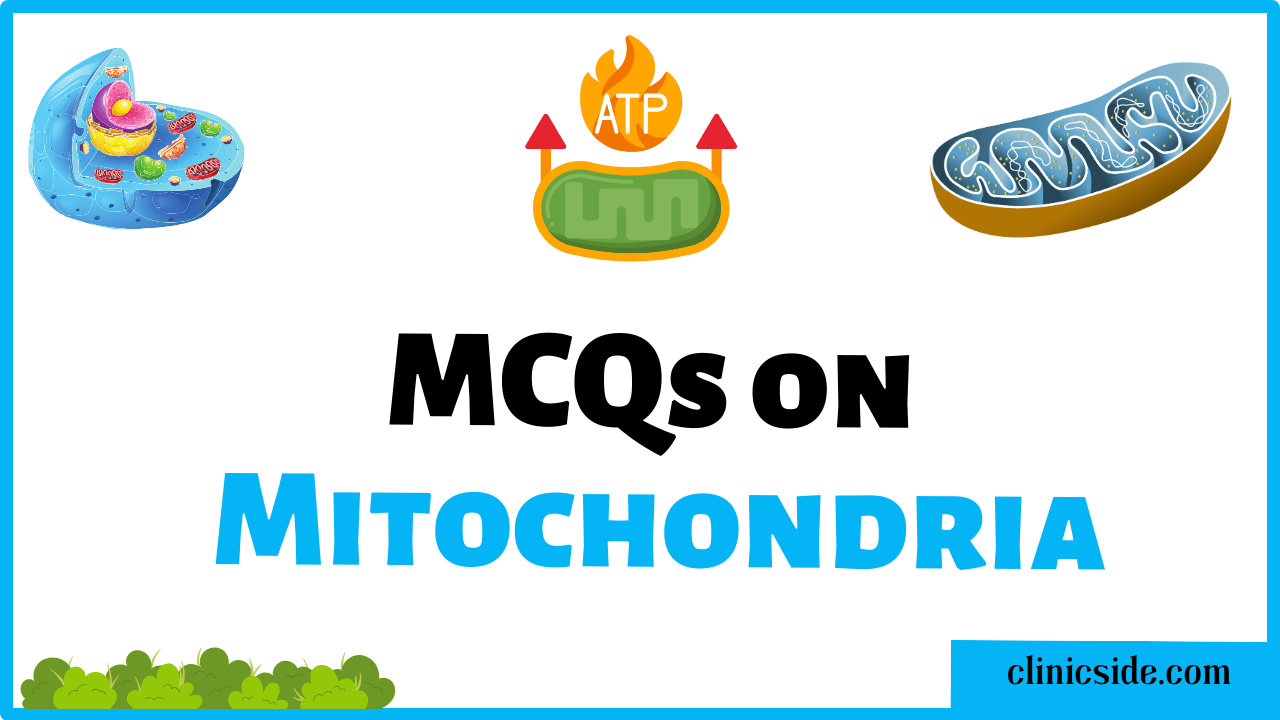Quiz
Available options: 1 to 20
Introduction to Immunity
- Definition:
Immunity refers to the body’s ability to defend itself against pathogens, toxins, and other harmful agents. It is broadly categorized into innate and adaptive immunity.
Types of Immunity
- Innate Immunity (Natural/Non-Specific):
The first line of defense that acts immediately upon infection.- Examples: Skin, mucous membranes, phagocytic cells.
- Features: No memory, non-specific, rapid response.
- Adaptive Immunity (Specific):
A more specialized form of immunity that develops after exposure to antigens.- Subtypes:
- Active Immunity: Gained after infection or vaccination.
- Passive Immunity: Acquired through transfer of antibodies (e.g., maternal antibodies or antivenom).
- Features: Memory response, antigen-specific, slower but more effective.
- Subtypes:
Cells of the Immune System
- B Lymphocytes (B Cells):
- Responsible for antibody production.
- Differentiate into plasma cells and memory B cells.
- T Lymphocytes (T Cells):
- T Helper Cells (CD4+): Activate other immune cells by releasing cytokines.
- Cytotoxic T Cells (CD8+): Kill virus-infected cells and cancer cells.
- Natural Killer (NK) Cells:
Part of innate immunity; destroy virus-infected and cancerous cells. - Macrophages and Dendritic Cells:
Perform phagocytosis and present antigens to T cells.
Antigens and Antibodies
- Antigens:
Molecules that elicit an immune response. Can be proteins, polysaccharides, or lipids. - Antibodies (Immunoglobulins):
Proteins produced by B cells that bind to specific antigens.- Types of Immunoglobulins:
- IgG: Most abundant in blood, provides long-term immunity.
- IgA: Found in mucosal areas, protects against pathogens.
- IgM: First antibody produced in an immune response.
- IgE: Involved in allergic reactions.
- IgD: Role in B cell activation.
- Types of Immunoglobulins:
Mechanisms of Immune Response
- Phagocytosis:
Process by which macrophages and neutrophils engulf and destroy pathogens. - Antigen Presentation:
Macrophages and dendritic cells present antigens to T cells, initiating the adaptive immune response. - Cytokines:
Chemical messengers that regulate immune responses (e.g., interleukins, interferons). - Complement System:
A group of proteins that enhances the ability of antibodies and phagocytic cells to clear pathogens.
Vaccination and Immunization
- Vaccination:
A method to induce active immunity by introducing weakened or inactivated pathogens. - Types of Vaccines:
- Live attenuated vaccines.
- Inactivated vaccines.
- Subunit/conjugate vaccines.
- mRNA vaccines.
Immune System Organs and Tissues
- Primary Lymphoid Organs:
- Bone Marrow: Site of B cell maturation.
- Thymus: Site of T cell maturation.
- Secondary Lymphoid Organs:
- Spleen: Filters blood, removes old red blood cells, and activates lymphocytes.
- Lymph Nodes: Filter lymph and house lymphocytes.
Immune Memory and Secondary Response
- Memory Cells:
Long-lived lymphocytes that provide a faster and stronger response upon re-exposure to the same antigen. - Primary vs. Secondary Immune Response:
- Primary Response: Occurs upon first exposure to an antigen.
- Secondary Response: More rapid and robust due to the presence of memory cells.
Disorders of the Immune System
- Autoimmune Diseases:
The immune system mistakenly attacks the body’s own cells (e.g., rheumatoid arthritis, lupus). - Immunodeficiency Diseases:
Conditions where the immune system is weakened or absent (e.g., HIV/AIDS). - Hypersensitivity Reactions:
Overactive immune responses to harmless substances (e.g., allergies).
Fever and Inflammation
- Role of Cytokines in Fever:
Interleukin-1 (IL-1) and tumor necrosis factor (TNF) induce fever by acting on the hypothalamus. - Inflammation:
A localized immune response to injury or infection, characterized by redness, swelling, heat, and pain.
Summary:
This detailed explanation covers the essential concepts of immunity, including its types, key cells, mechanisms, and disorders. It highlights the roles of various immune components and explains how the body defends itself against pathogens. Understanding these topics is crucial for recognizing how vaccinations, immune responses, and disorders impact health.







Your perspective adds a lot to the conversation—thank you!